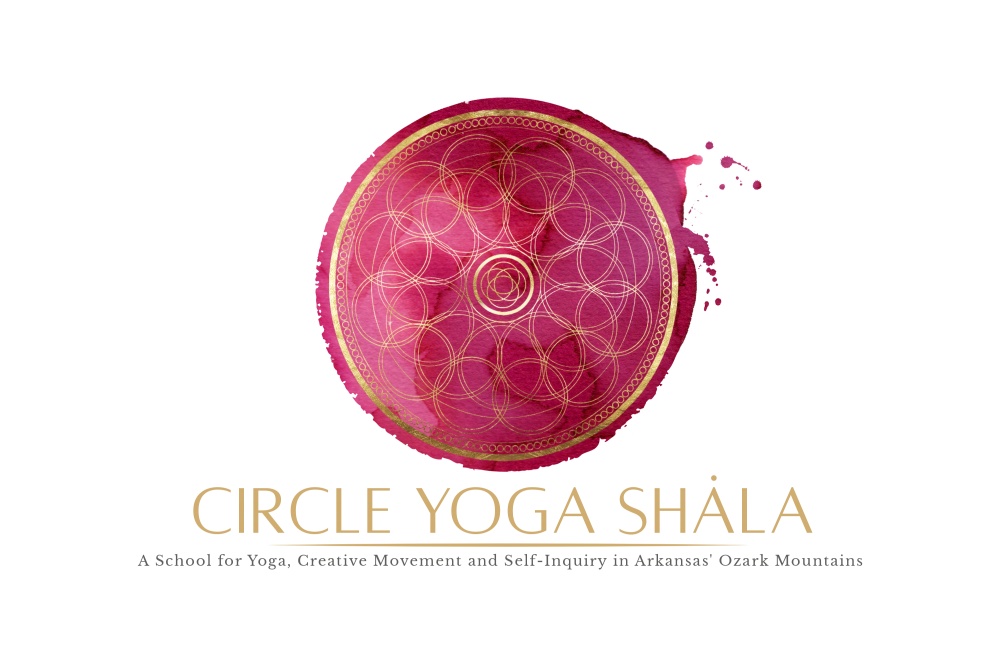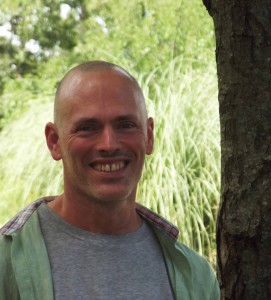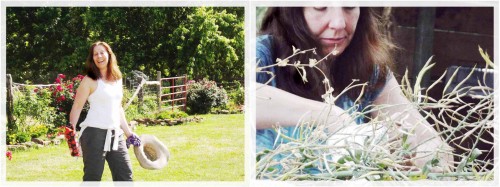An early start
When asked, I typically start my formal search around age ten, reading the Bible cover-to-cover for the second time and deciding on two things: one, that I was not a very good Christian and two, that I was going to be a minister. In hindsight, since I left the church a few years later, I can conclude that I was at least correct about the first.
After a twenty year hiatus, during which I pursued my degrees in engineering and worked at NASA’s Jet Propulsion Labs, I encountered meditation in the late 90s while working on my doctorate. While taking the free “yoga” classes at the university in an attempt to increase flexibility while training for marathons, my daily diligence apparently impressed the instructor and she invited me to her meditation group. At that meeting, her teacher quickly realized that my diligence was not yet in the right direction and he simply advised me to keep doing yoga. However, another member of that group presented a slide show that evening about his retreat with Thich Nhat Hanh in Plum Village and I found myself thinking that it looked like fun, immediately followed by the question, why exactly does that look like fun? Since I had little money at the time, a trip to Plum Village was not possible, but I did end up reading several books, reconciling myself with my Christian roots, and later moved to California to work in Silicon Valley, where I had money, but no time. Continue reading


